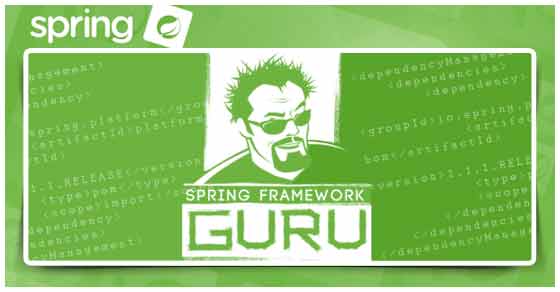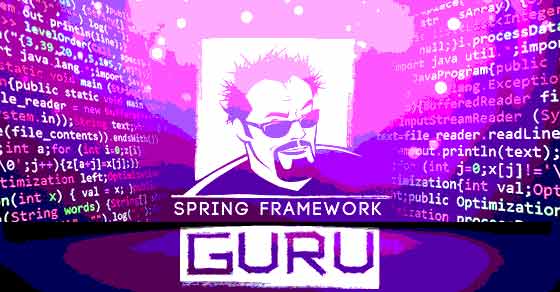Spring Boot CLI
The Spring Boot CLI (Command Line Interface) is a command-line tool that you can use to run and test Spring Boot Applications from a Terminal. The CLI is one of the fastest ways to develop a Spring-based application. How does Spring Boot CLI work? It uses Spring Boot Starter and Spring Boot AutoConfigurate components to […]Continue reading









